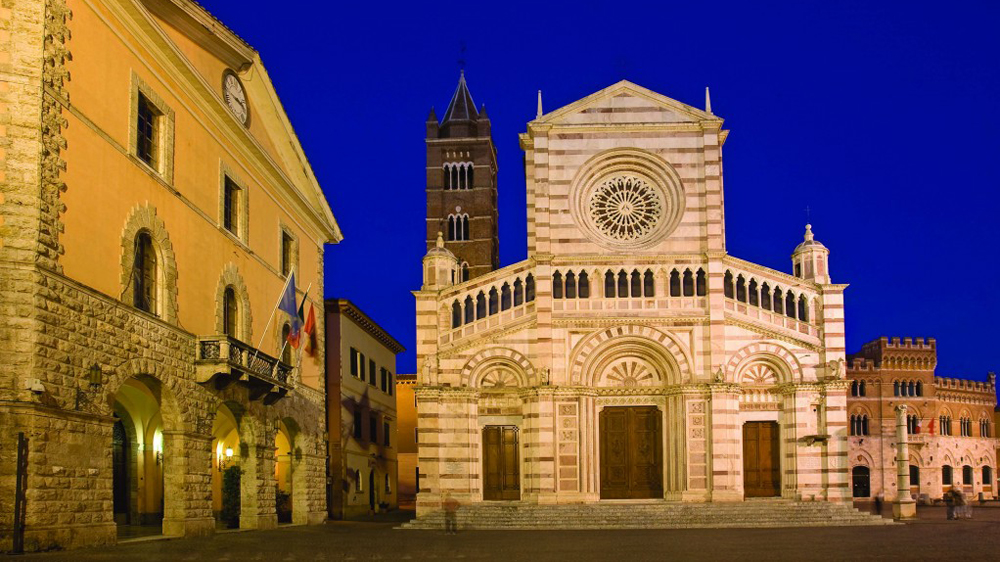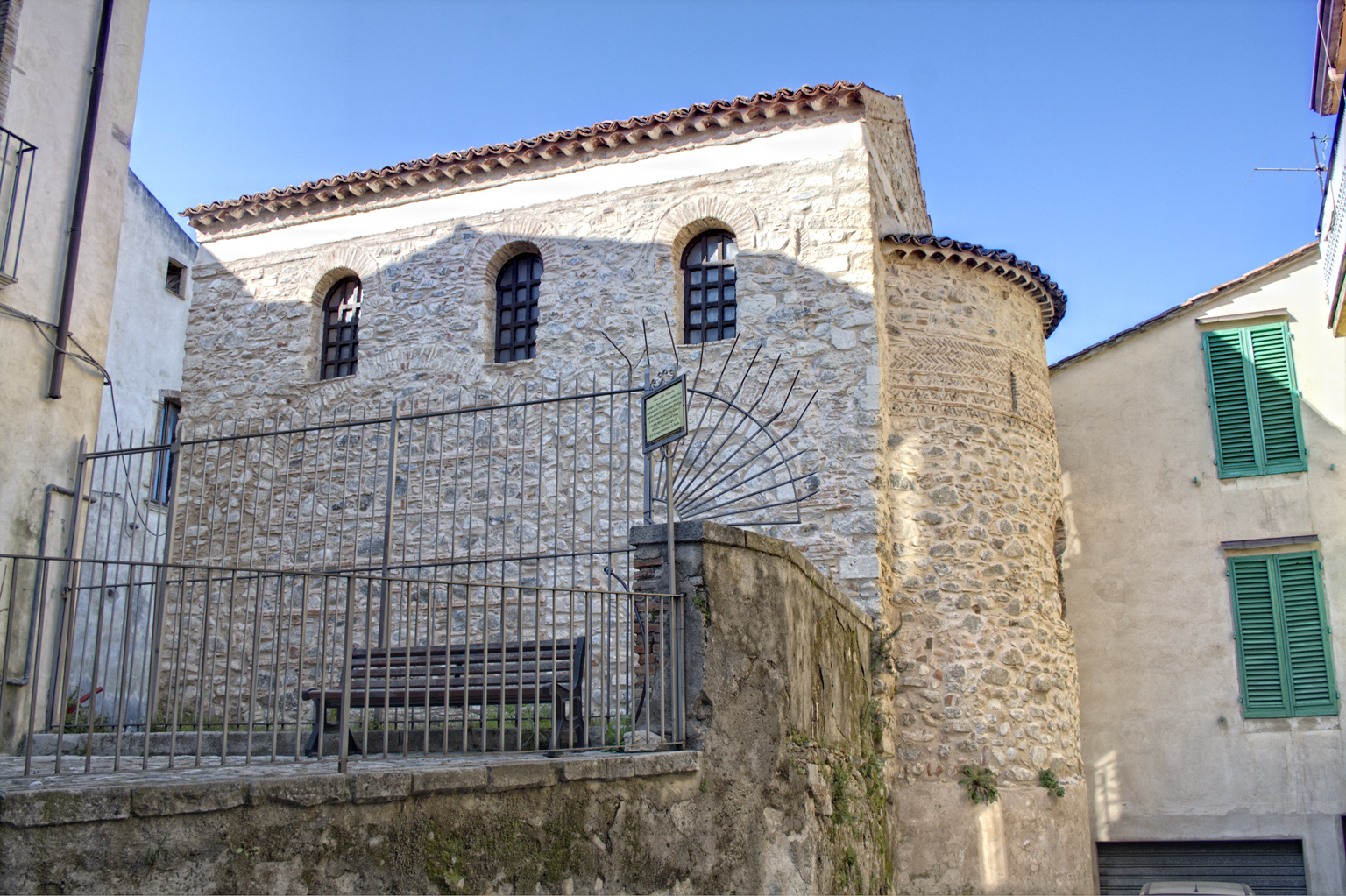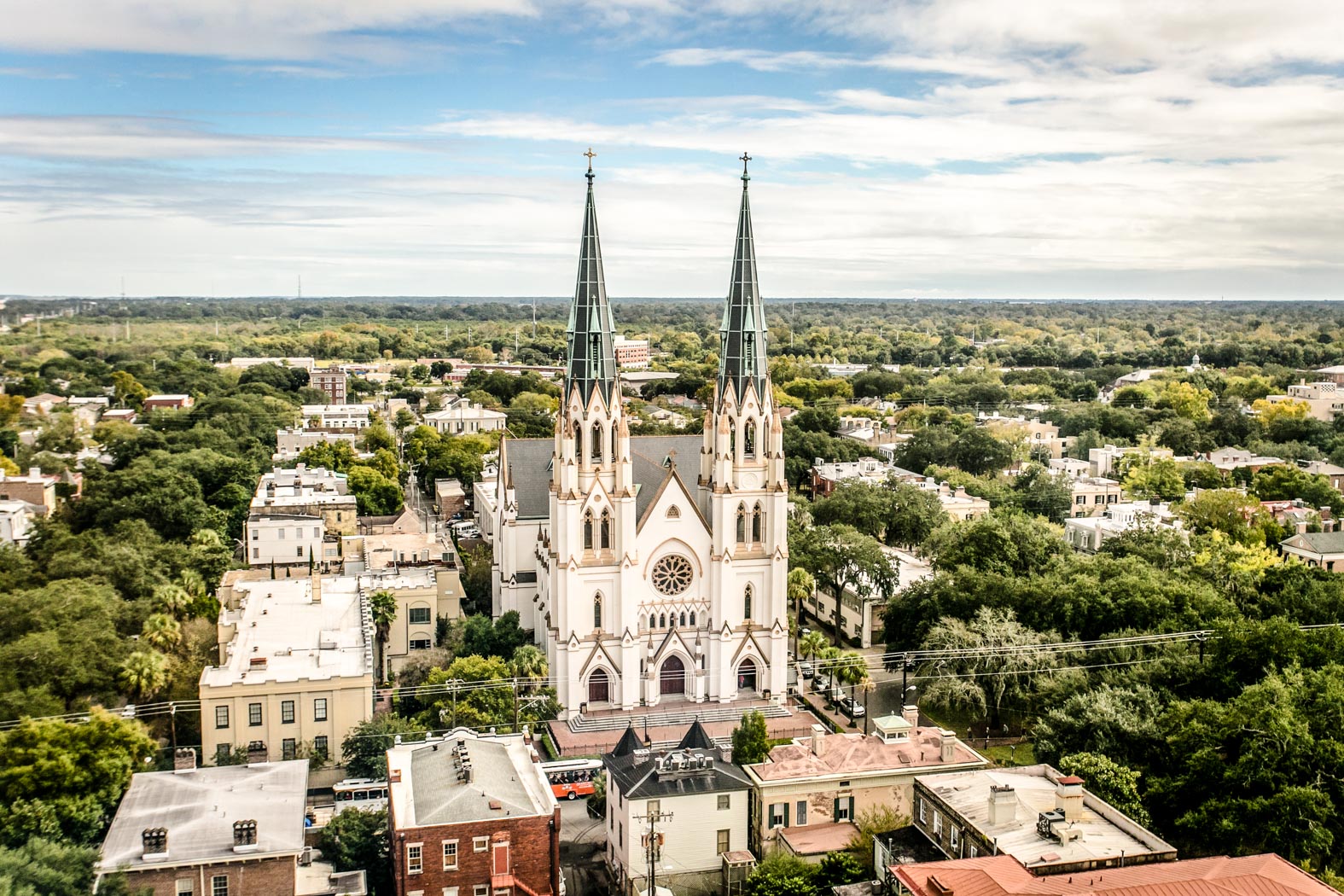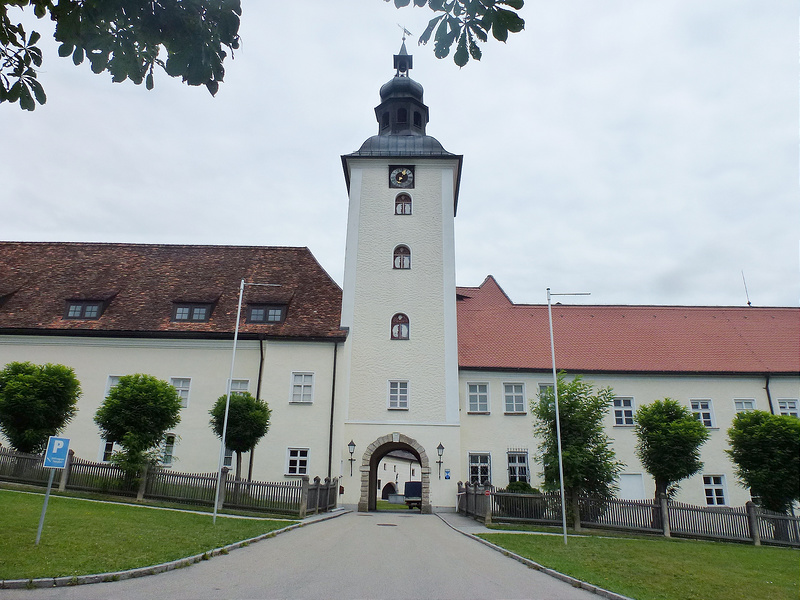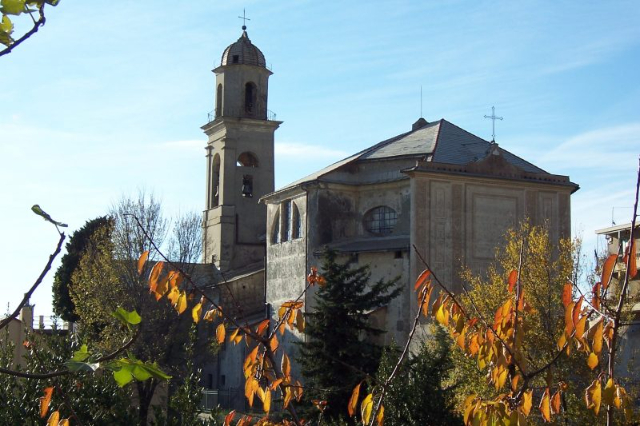The cathedral, dedicated to Saint Lawrence the Martyr in Santa Maria Assunta, was built starting in the last years of the thirteenth century, as is testified by the inscription, a nineteenth-century copy of a lost original, placed on the outside near the southwest corner, which recalls the Sienese architect Sozzo Rustichini, to be completed between 1330 and 1340.
The cathedral as it appears today is the result of a series of modifications, some of them profound, that have taken place over time: first a 16th century renovation, then a very extensive restoration that lasted throughout the 19th century.
In 1530 it is documented that the church was in danger of collapse. Between 1538 and 1540 it was rebuilt or at least profoundly modified. In the meantime, between the XVI and the XVII century, new altars were built; in 1709 the new altar of the Madonna delle Grazie was realized on a design by Giovanni Battista Foggini and realized by Giovanni Antonio Mazzuoli.
The nineteenth-century intervention tried to bring back the whole building to an abstract Gothic purity, opting for a compromise arrangement: some Baroque altars were eliminated; a false band covering, imitating the stone one on the outside, was made with coloured plaster on the pillars and the arches. The first phase of the restoration (1816-1845) concerned the façade; the second (1860-1865) is due to the radical restructuring of the interior; the third (1890-1897) is linked to the completion of the side portal; the fourth phase is represented by the restoration and the raising of the bell tower (1911). The façade, facing west, can be traced back to the fourteenth century in general lines, but very little dates back to that period. In particular, the sculptures representing the four evangelists can be attributed to the fourteenth-century phase.
The side facing Piazza Dante is largely original, except for the crowning of the portal, which remained unfinished and was completed in 1897. The lunette with the group of the Madonna and Child among angels, crowned by the Blessing Christ between the Evangelists, and the side figures of prophets with tall spires are the work of the Sienese Leopoldo Maccari.
Leaning against the north side of the cathedral is the bell tower, built in 1402, but raised by one floor and radically modified in 1911. Inside, the two 15th century stained glass windows on the side facing Piazza Dante are attributed to Benvenuto di Giovanni (circa 1470). The baptismal font and the marble aedicule of the Madonna delle Grazie by Matteo di Giovanni (1470) are both by Antonio Ghini (1470 and 1474), while the altar below the Madonna, made in 1709, is by G.A. Mazzuoli.
